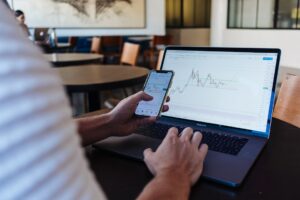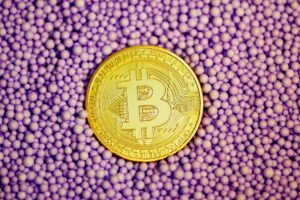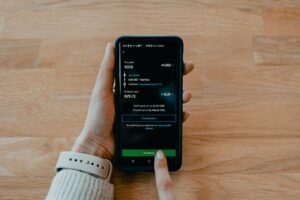Optimizing Forex Trading Strategies with Python: Tips and Tricks
The foreign exchange market, or forex, is the largest and most liquid financial market in the world. Trillions of dollars are traded every day, making it an attractive market for both retail and institutional traders. To navigate this vast market successfully, traders need effective trading strategies. And with the advancements in technology, Python has emerged as a popular language for developing and optimizing forex trading strategies.
Python is a versatile programming language that offers a wide range of libraries and tools specifically designed for quantitative finance. These libraries, such as Pandas, NumPy, and Matplotlib, provide powerful functionalities for data analysis, modeling, and visualization. By leveraging these tools, traders can optimize their forex trading strategies and improve their trading performance. Here are some tips and tricks to help traders get started:
1. Data Collection and Analysis: The first step in optimizing a forex trading strategy is to collect and analyze historical data. Python’s Pandas library is particularly useful for this task. Traders can use Pandas to fetch data from various sources, such as APIs or CSV files, and create dataframes for further analysis. By analyzing historical price data, traders can identify patterns, correlations, and trends that can be used to develop profitable trading strategies.
2. Backtesting: Once traders have collected and analyzed historical data, they can proceed to backtest their trading strategies. Backtesting involves applying the trading strategy to historical data to evaluate its performance. Python provides backtesting libraries like Backtrader and Zipline that allow traders to simulate trades and calculate performance metrics such as profit, loss, and risk-adjusted returns. Backtesting helps traders understand how their strategy would have performed in the past, providing insights into its strengths and weaknesses.
3. Strategy Optimization: After backtesting, traders can optimize their trading strategies to improve their performance. Python’s optimization libraries, such as SciPy and PyCMA, enable traders to fine-tune strategy parameters and find the optimal combination that maximizes returns or minimizes risks. Optimization algorithms like genetic algorithms and particle swarm optimization can be implemented to efficiently search through the parameter space. By systematically optimizing their strategies, traders can potentially enhance their profitability and reduce downside risks.
4. Risk Management: Effective risk management is crucial in forex trading. Python can be used to implement various risk management techniques, such as stop-loss orders and position sizing algorithms. Traders can set stop-loss levels based on their risk tolerance and use Python to automatically execute trades when these levels are reached. Position sizing algorithms can help traders determine the appropriate amount of capital to allocate to each trade, considering factors like account balance, risk per trade, and market volatility.
5. Live Trading: Once traders have optimized their strategies and implemented risk management techniques, they can move on to live trading. Python provides libraries like MetaTrader API and OANDA API that allow traders to connect to live trading platforms and execute trades programmatically. By automating the trading process, traders can eliminate emotions and human errors, ensuring consistent execution of their strategies. Additionally, Python’s real-time data analysis capabilities enable traders to monitor market conditions and adjust their strategies accordingly.
In conclusion, Python offers a wide range of tools and libraries that can greatly enhance the optimization of forex trading strategies. By leveraging Python’s data analysis, backtesting, optimization, risk management, and live trading capabilities, traders can develop and refine profitable strategies. However, it’s important to note that successful trading requires a combination of technical expertise, market knowledge, and sound risk management practices. Python is just a tool that can assist traders in their quest for success in the forex market.





